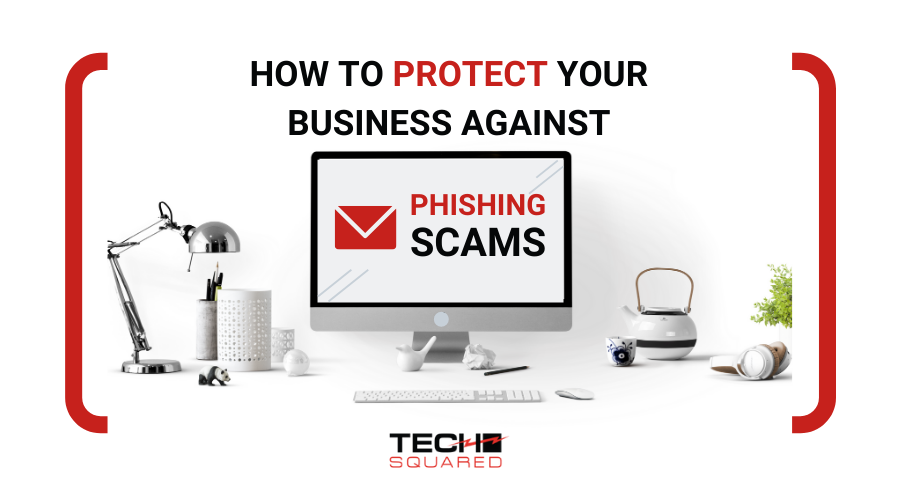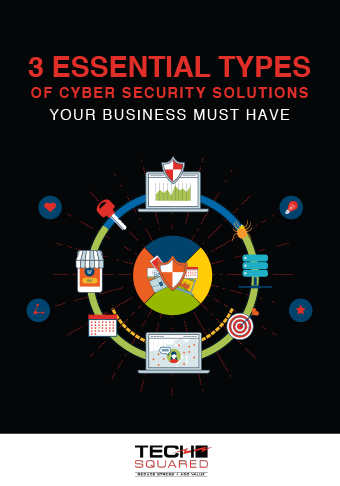With over 90% of data breaches being attributed to phishing scams, it’s clear that technology isn’t the weakest link when it comes to information security; people are. After all, cybersecurity has significantly evolved to stay ahead of emerging threats. For example, attempting a brute-force attack on an AES-256 encryption key will take more effort compared to duping an unsuspecting victim into giving away the decryption key.
That, in a nutshell, is how phishing scams work. Protect yourself from these threats with the tips below.
#1. Stay updated about new threats
We’ve all seen spam emails masquerading as legitimate messages sent by well-known organizations asking for personal information such as login details and payment information. Very few people fall for such scams, which is why cybercriminals are constantly changing the way they operate. They’re using an ever-wider and smarter range of methods and exploiting a growing attack surface comprising more internet-connected devices. Staying updated about emerging threats will allow you to stay one step ahead of the cybercriminals. Everyone on your team should undergo regular training to better understand what the risks are.
#2. Use multifactor authentication
Among the most common targets of phishing attacks are login credentials. For example, an attacker might set up a bogus website to capture a user’s login information. Hackers can even pretend to be someone you might know, making it a lot easier to steal information from you. By adding a second verification method, such as a biometric or single-use security token sent by SMS or email, you can add another level of security to neutralize phishing attacks.
#3. Always double check
Some phishing scams are so obvious that most people can identify them. In fact, scam emails sent en-masse rarely make it beyond your spam folder. But it’s not safe to assume your spam filters, antivirus, and other security software solutions are 100% foolproof. Hackers are well aware of this common misconception, which is why they often use more advanced tactics. A phishing email may, for example, even appear as an email address belonging to someone the victim knows. This is the reason you should always double check your emails, especially if there’s a suspicious attachment, or if the sender is asking you to send confidential data.
#4. Never give out personal information
There isn’t a legitimate organization in the world that will ask you to send passwords or payment details by email,instant messenger or any other medium. If you’ve forgotten the login credentials for a particular account, there are always ways to reset your password. Online payments should always be made through approved payment processors. Anything that looks different is sure to be a scam. If you do send any confidential information over email, or any other channel, make sure it’s protected by end-to-end encryption, and always verify the address you’re sending it to.
#5. Deploy robust spam-filtering
While you should never take spam-filtering for granted, it’s still a critical component in any IT security arsenal. It can never fully protect you from all phishing attacks, but it will do wonders for productivity by weeding out most of the common threats. An enterprise-grade spam filter offers a far more configurable solution compared to typical consumer solutions, and they keep false positives to a minimum. With a good spam filter, you can spend more time working and less time worrying about junk emails. Spam-filtering also reduces bandwidth use by getting rid of junk mail before it starts taking up space on your server.
Tech Squared provides dependable tech services and solutions aimed to push your business forward. Call us today to find out how.
Download our free eBook!
Read our free eBook, 3 Essential types of cyber security solutions your business must have and how you can protect your business from cyberattacks and data breaches.



